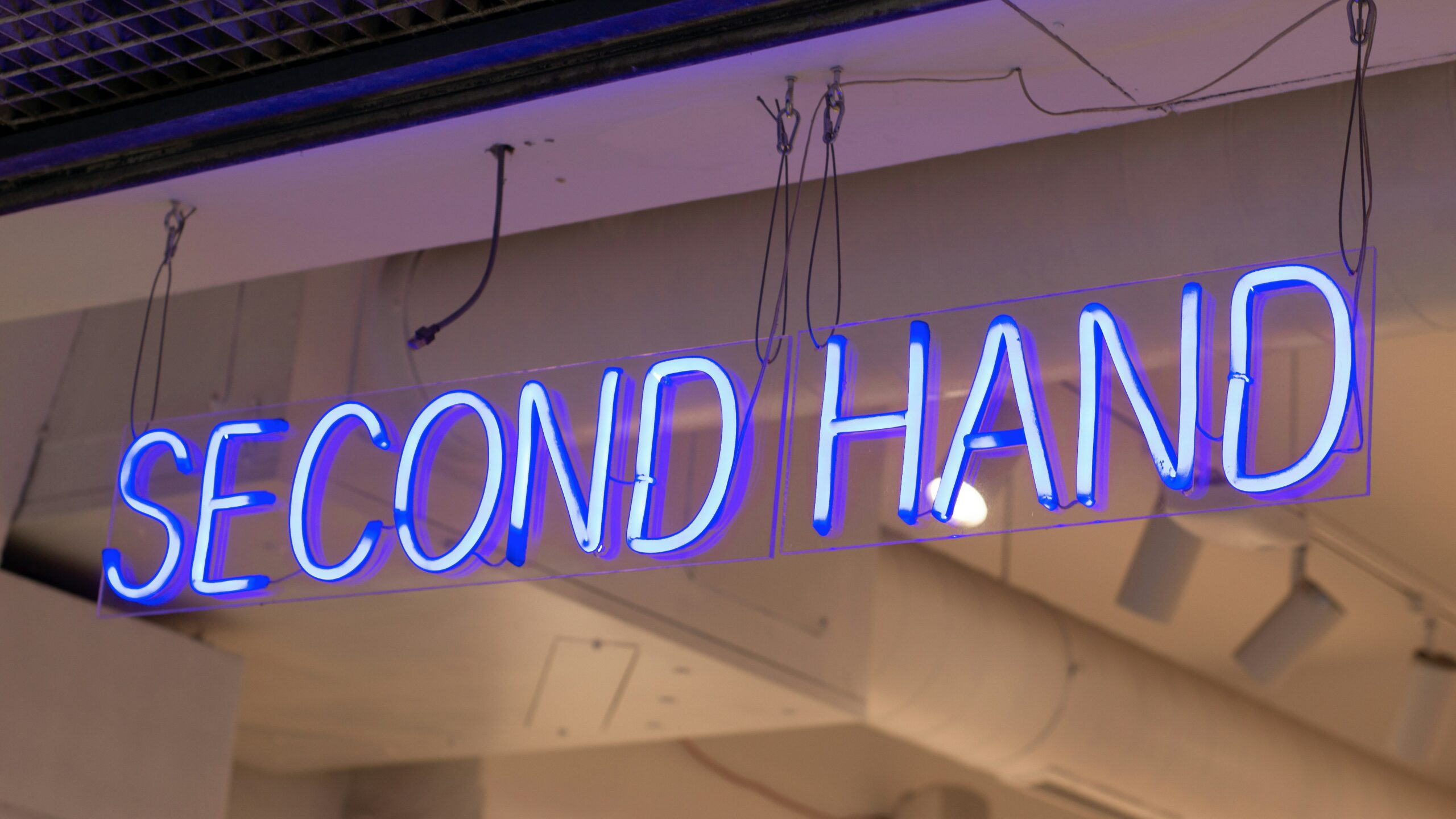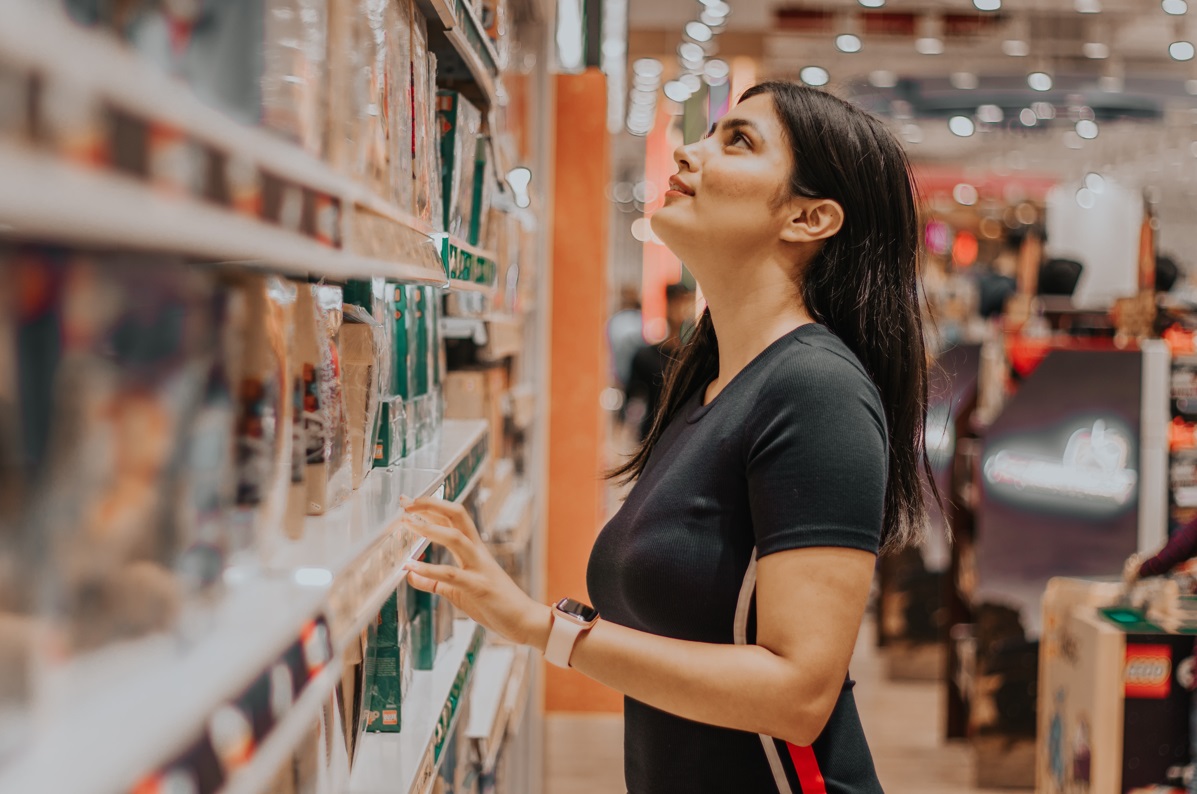This week two announcements in the online world have made headlines. Both NET-A-PORTER founder Natalie Massenet has left the company she once started and so has ASOS boss Nick Robertson. He will remain in the group but Natalie has left the building.
They both started in the online business like 15 years ago and they both have built successful companies in two different segments. NET-A-PORTER is capturing the high-end market by claiming they are the world’s premier online luxury fashion destination. They definitely are as they now announce six million unique visitors on their page a month.
Although online shopping may be more convenient, recent survey reveals that shoppers still prefer to make their purchases inside an actual store. The main reasons for why they prefer brick & mortar was to avoid delivery fees and the second was to have the item immediately.
Delivery fee
The delivery fee was in the beginning of online shopping, completely free for many customers. Although in the accountancy, the cost have been there for sure. Therefor we now see online campaign that markets the potential benefit for making online purchase this week-end or in the specific campaign period and get the delivery fee for free.NET-A-PORTER can now deliver to more than 170 countries and its Italian takeover company Yoox, deliver to over 100 countries. The delivery cost is £15 except during free shipping promotions. At the very moment an express delivery is offered if the purchases over £200.
To grow as much internationally, will make ASOS struggle more, as delivery fees would represent a bigger part of the average invoice as the merchandises is less luxury. Most countries offer therefore free for orders over purchases of £20 or NOK225.00, otherwise you pay an extra £3 or NOK25.00.
This is also the case for Tesco where the customers only pay £3 for the delivery, but the real price is actually £20. This was pricy news came a year ago and revealed that Tesco as the retailer incurs extra costs for packing, fuel, transport etc. The cost of delivery is actually higher than what they charge, which means they are effectively paying customers to shop with them. This is not unique for Tesco and the online business is disruptive for many companies. I believe we will see an increased creativity and activity within the distribution business as many actors look for cost effective solutions.
Look and feel
According to PwC’s annual consumer survey, 61 percent said they like trying on the item or have a look and feel before buying it. Another reason why consumers visit brick-and-mortar stores in preference of an online store is that they like to support their local businesses and it makes returns easier. I believe this will differ through different ages as this is to do with habits, but then the staff in our shops have the unique occasion to provide the personal service that online stores might lack. This is still a virgin workspace for several companies and those who are in touch with customers will gain loyalty.
Although one should think this was even more important for luxury goods from NET-A-PORTER, but this is clearly not the case and they do give their personal touch through many complementary services.
As Natalie has left the building, she has amazed us in how to make money, and she did say it this way in the Observer; It’s an amazing way to earn a living and create jobs based on creativity.
PwC’s U.S study based on surveys of more than 19,000 consumers around the world.Despite their preference for buying things in-store, consumers are still using online outlets as part of their shopping process. Nearly three-quarters of those surveyed spend time browsing products online before buying them at a physical store.
“For the past several years, the story around retail stores was ‘showrooming,’ in which stores were places to display items for online purchase,” Steven Barr, PwC U.S. retail and consumer practice leader, said in a statement. “However, this year’s survey results reveal that the online shop has also become a showroom where shoppers research and compare prices for later, in-store purchases.”
While many retailers are beefing up their mobile shopping efforts, it remains more of an instrument to get to the point of buying a product, rather than a tool for the actual purchase, according to the study. About half of those surveyed in the U.S. have researched products on their mobile phones, while nearly the same percentage have used them for price comparisons. [The Future of Social Commerce: Shopping On Twitter, Pinterest and Beyond ]
Overall, less than 10 percent of those surveyed make purchases via mobile devices on a weekly basis.
Social media is also playing an increasingly important role in the shopping process for consumers. Even though only 4 percent of U.S. consumers have purchased items via social media, 36 percent said their interactions with brands on social media has led them to buy more from these brands.
Barr said that integrating technology, along with the power to engage on social media, has enhanced the consumer experience.
“As these disruptions continue to influence the shoppers’ purchase journey, the retail store will likely become an experiential venue for both online and non-online purchases,” Barr said. “From in-store design studios and personal shopping assistants, to coffee and tea ateliers, retailers are offering a comprehensive experience, evolving into something sleeker, more customized and increasingly attuned to shoppers’ expectations of what the in-store experience should be.”
In order to keep shoppers coming back, brick-and-mortar stores will need to become more tailored to the digital age, the study’s authors noted.
“Consumers are seeking retail ‘experiences’ over simple purchase transactions, which is inspiring landlords and retailers to collaborate on making the destination more enjoyable, convenient and memorable,” said Byron Carlock,. real estate practice leader.“For the physical store to remain relevant today, retailers should adapt to consumer preferences.”





